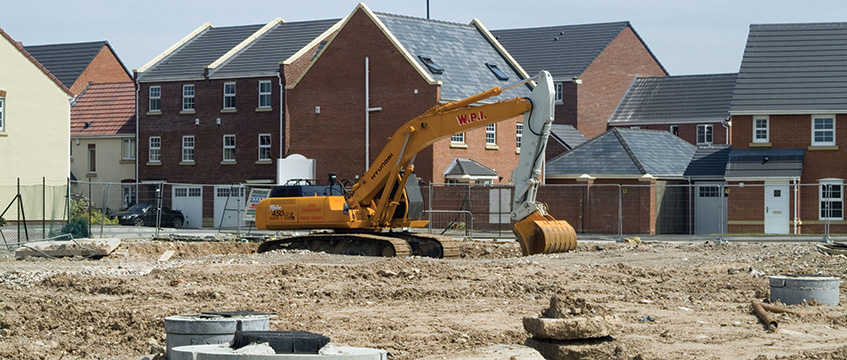There are two different categories of registered providers of social housing (RPs) – those that are “not-for-profit” (which applies to the vast majority of RPs, which are mostly, but not necessarily, charitable) and those that are “for-profit”.
Over the past year there has been a sudden rise in the activity of for-profit RPs in the affordable housing sector. Huge names have entered the market, such as Blackstone (through its majority stake in Sage Housing), Legal & General and Grainger.
The concept of a for-profit RP is certainly nothing new. The doors were opened as part of the Housing and Regeneration Act 2008, with a view by the then Labour government to increase competition and new sources of funding. The take-up
was initially very low, a dribble of new entrants. However, with the potential scale of the current stable of new arrivals into the market, the disruptor moment in the industry seems to have finally arrived.
The impact
There has been much debate about whether their contribution will be positive, with concerns of profits being distributed to shareholders and therefore leaking out of the sector. Not-for-profit RPs make surplus, not profits. Surplus cannot be distributed and is therefore invested back in to the provision of further affordable housing. However, those concerns do tend to overlook the vast new investment being brought into the sector by for-profit RPs and also the fact that financiers have been making steady money in the sector for decades. The traditional model of funding new development through debt funding has led to traditional not-for-profit RPs being highly leveraged and has a natural limiting effect on growth ambitions. The use of equity funding opens up a new playing field.
Whether their contribution is positive can be judged by whether they contribute to an increase in the overall quantum of affordable housing in the country.
Opportunities to purchase section 106 affordable homes are finite, so large volumes of those homes being hoovered up by for-profit RPs will not increase the amount of affordable housing. Doing so also comes at the expense of not-for-profit RPs which have been outbid. But RPs have bid competitively against each other for section 106 opportunities for years, so there is nothing new here. For-profits are also prepared to purchase homes on sites with smaller numbers of affordable units, traditionally seen as less attractive, bringing something fresh to the game.
Many new for-profit entrants also have much grander scale plans for new developments of their own, which will undoubtedly increase the quantum of affordable homes in the market. They aim to bring their financial clout to develop major sites of their own and to partner with local authorities, developers and other RPs to unlock stalled or challenging sites. The introduction of fresh money into the market should provide the country with a better shot at meeting housing delivery targets and may also lead to more innovative thinking on how housing can be delivered. Legal & General’s investment in a factory producing modular homes is a pointer in that direction.
What does it mean for tenants?
The experience for tenants should not feel different. While some for-profit RPs have their own housing management capabilities, many, such as ReSI and Sage, operate by appointing not-for-profit RPs to manage on their behalf, through the use of management agreements. This can have the benefits of increasing the density of homes a not-for-profit RP manages, thereby increasing efficiency in the sector. It provides further income to the managing RP, which will be paid a management fee, and that money stays within the sector. It also ensures that tenants are managed by an experienced social landlord with a local presence rather than a new body with no prior experience. If for-profits were such a danger to the sector then surely the incumbent not-for-profits would not be so keen to partner with them?
The traditional voices in the sector have made themselves heard, with the National Housing Federation expressing concern that for-profit RPs may harm the reputation of the not-for-profit sector by masquerading under the name of housing associations – a name which by its statutory definition in the Housing Associations Act 1985 is a body which does not trade for a profit. That led to some name changes, but it seems nothing more than semantics. After all, many of the major RPs no longer use the term “housing association” in their names.
Regardless of their names, the model for the new breed of for-profit RPs is based around scale and they have the financial backing and commitment to achieve it. Whatever the views around their merits, it is safe to assume that they are here for the long term. Will 2019 be their year?
Will Rutter is a partner in the social housing team at Winckworth Sherwood








